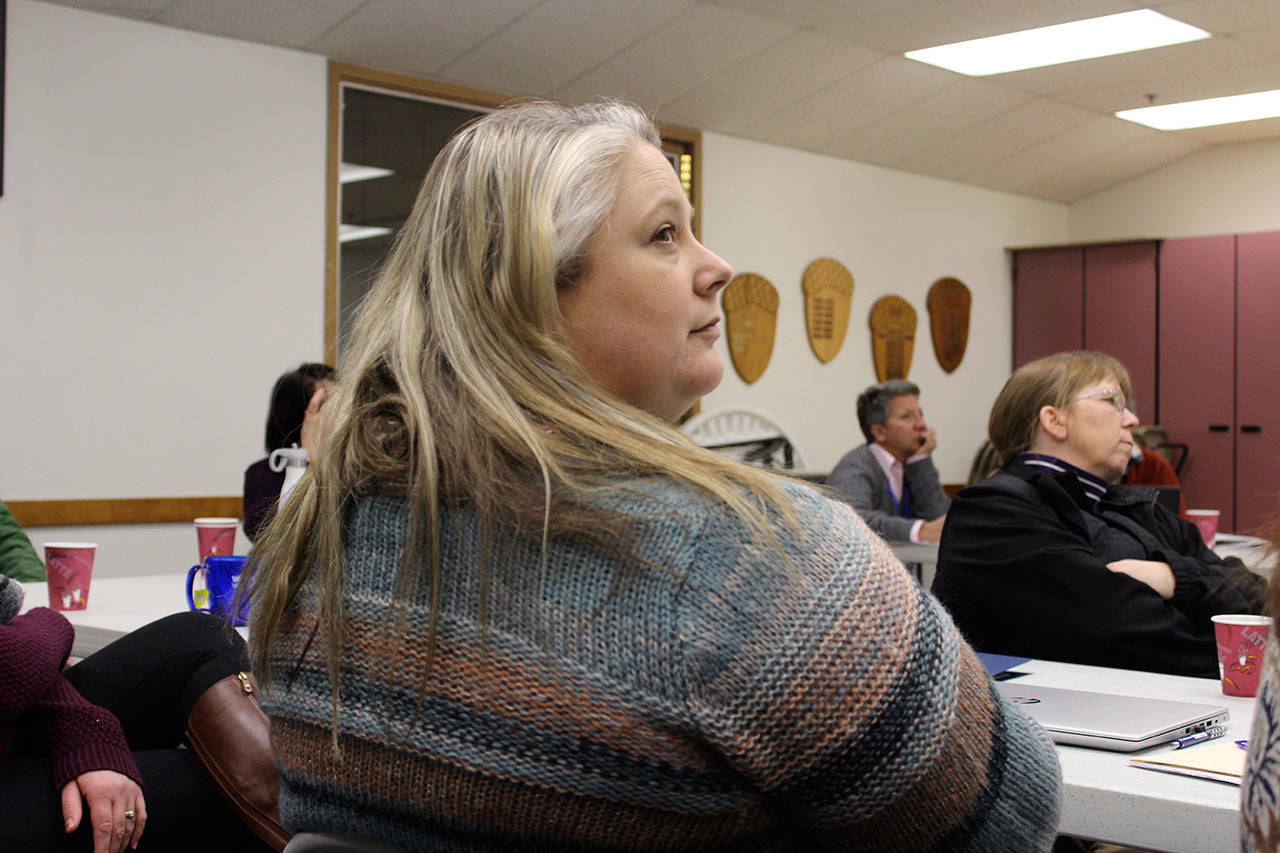Reducing marijuana use and the deadly combination of drinking and driving are just two behaviors targeted in a new state grant awarded to South Whidbey School District.
The district received a $65,455 grant from the state Division of Behavioral Health and Recovery to encourage healthier choices among youth.
The grant was awarded based on a 2016 survey taken by eighth to 10th graders at public school districts statewide.
It revealed nearly 30 percent of 10th grade students at South Whidbey High School used marijuana, about twice the rate of the county and state.
More than 60 percent reported they had used alcohol, tobacco or an illegal drug at least once in the past 30 days, which is also above county and state rates.
Sophomores who took the survey are this year’s seniors.
Survey data and the goals of a community coalition being formed under the state initiative were discussed last Wednesday at a workshop of the South Whidbey School District Board of Education.
“Looking at the data is very sobering,” said board member Julie Hadden. “The more you get the information out there, the better.”
South Whidbey is one of 82 communities participating in the Community Prevention and Wellness Initiative, with some already completing the year-long program. It aims to bring together parents, educators, health professionals, law enforcement, youth, faith leaders and local government to identify their highest prevention needs and plan and implement proven strategies.
Reducing underage drinking and use of marijuana, improving academic performance and reducing juvenile crimes are the primary goals of the initiative.
Many communities, such as Oak Harbor, saw reductions in alcohol and drug use after using the program, according to the state.
An evaluation by Washington State University shows that 95 percent of the communities using Community Prevention and Wellness Initiative strategies between July 2015 and June 2016 resulted in delaying students’ first use of alcohol or other drugs.
Suzanne Turner with Island County Public Health and Don Lauer, Langley acting police chief, are among representatives from various agencies who have volunteered to be part of a coalition.
Lauri Johnson with the South Whidbey Family Resource Center is the coalition coordinator.
Graphs depicting various behaviors illuminated how South Whidbey kids are far above average in a few undesirable categories, such as having used marijuana in the past 30 days, taking opioids and drinking while driving.
“Since 2014, while the state and Island County rates are coming down, South Whidbey rates continue to go up,” Johnson said as she projected marijuana use charts.
Another category showed 9 percent of 10th graders were driving intoxicated.
Considering that’s the age when youth are beginning to drive, some questioned the finding and wondered how many 10th graders can legally drive unaccompanied by an adult.
Johnson explained that the survey overall was taken by 434 South Whidbey students in eighth, ninth and 10th grades. Only 10th graders were asked about driving.
“So out of 100 10th-graders, nine of them were answering ‘I had a drink when I drive.’”
Johnson cautioned that survey results are based upon self-reported data by kids who fill out the questionnaires anonymously.
“It’s not completely accurate data,” Johnson said. “Coalition strategies are not just based on these answers.”
Matthew Simmons, a senior who is the student representative at school board meetings, expressed doubt about some of the behaviors that kids admitted doing.
“I was the first one to drive in 10th grade,” he said. “There weren’t that many of us so that statistic didn’t seem quite accurate.”
Simmons said he knows some students are apt to exaggerate their use of drugs and alcohol just to seem wilder than they are.
“You don’t have to put your name on these surveys,” he pointed out, “so automatically you don’t have to take it seriously.”
Simmons did agree on the need for more education and intervention when it comes to steering kids away from drugs and alcohol. Some are influenced by what they see adults do, he said.
Marijuana, for instance, is legally sold to people 21 and older, at stores all around Whidbey Island yet youth are still lectured about its risks, Simmons pointed out.
“So it’s tough to see it as dangerous,” he said.
— For more information, contact Lauri Johnson at ljohnson@sw.wednet.edu



